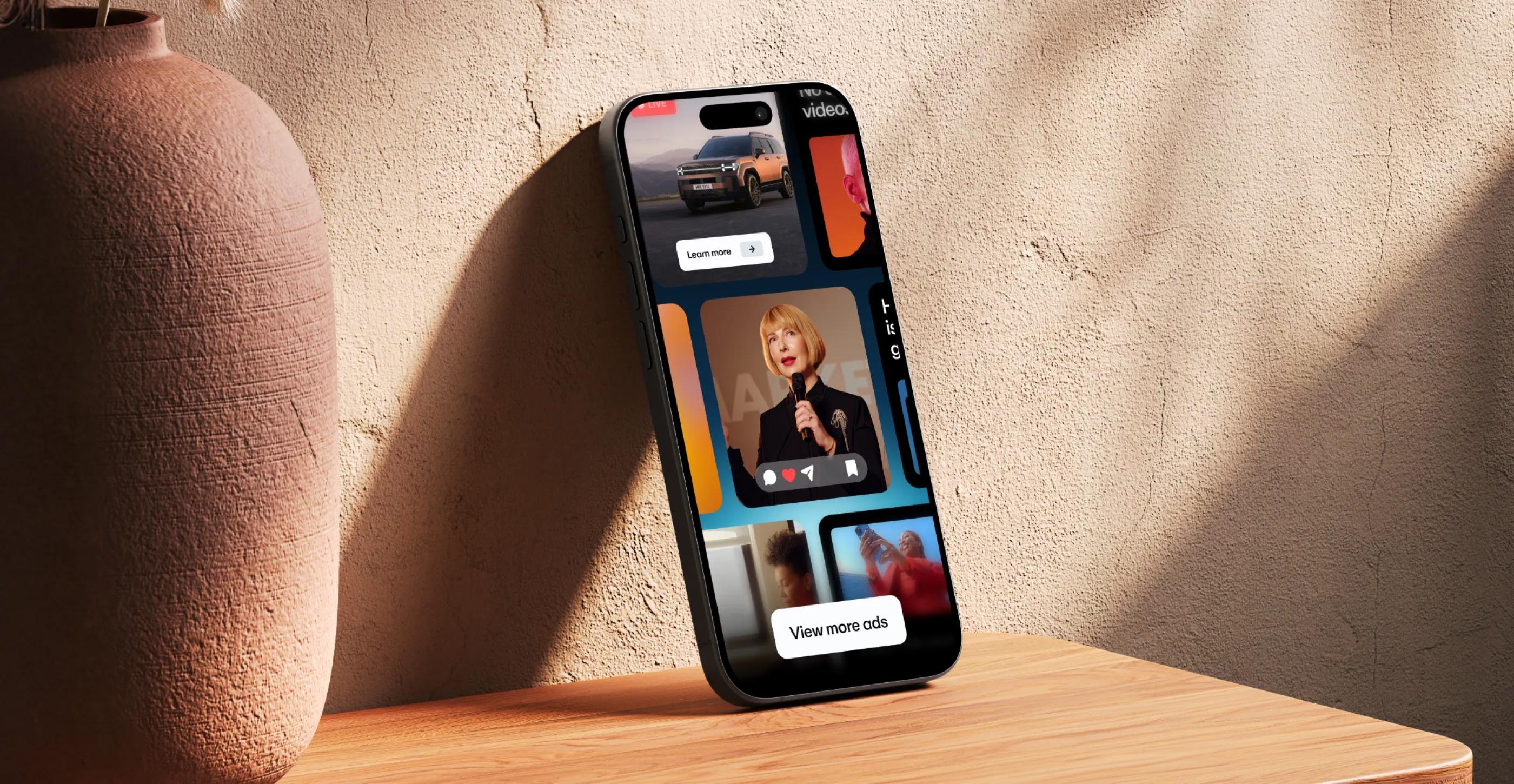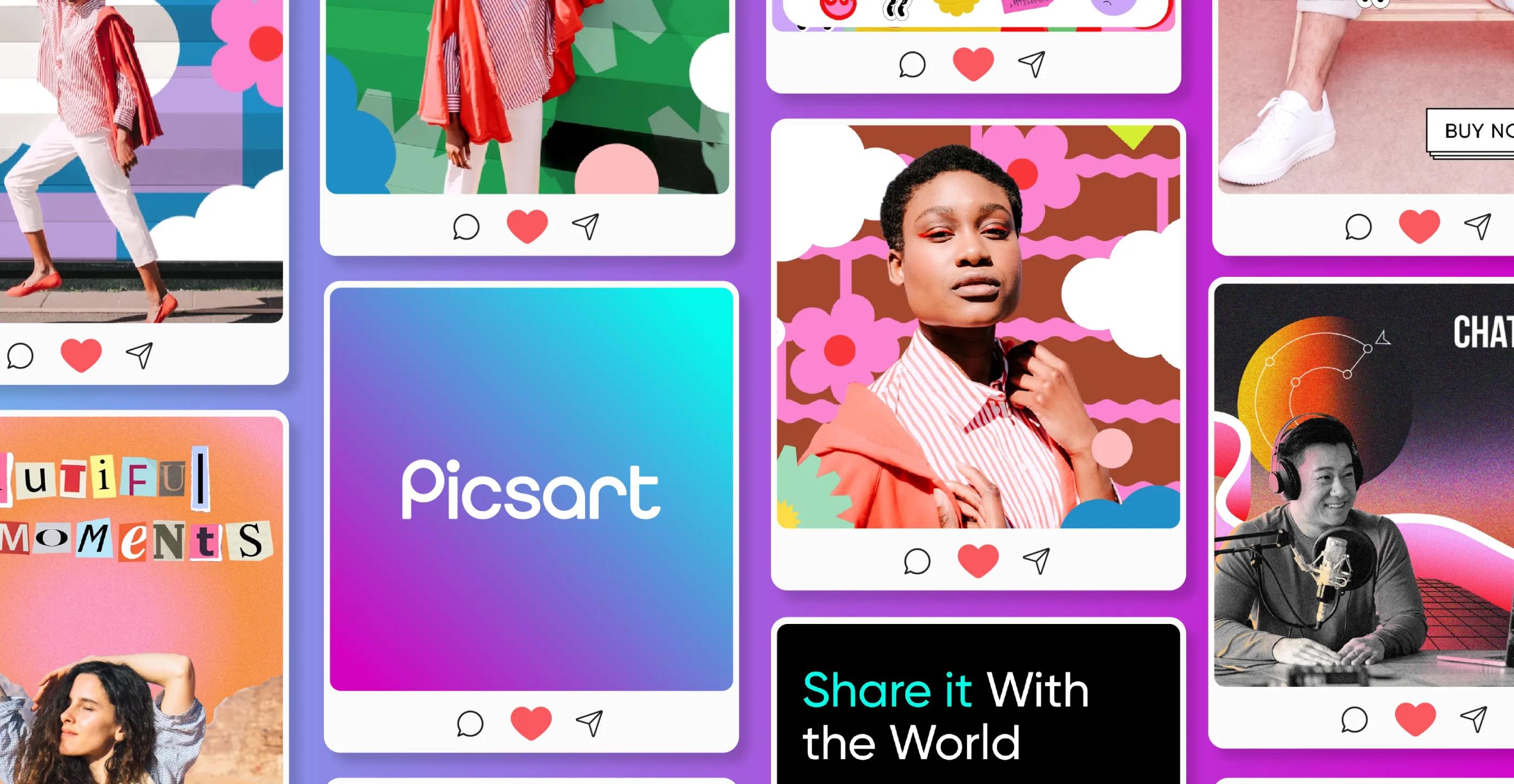How to Scale Paid Ads, Startup Style


As a startup, where’s the best place to start with paid advertising? How should you structure your campaigns? And how can you best allocate your budget? Get answers from a veteran marketer, startup mentor and university professor, Simon Heaton, Director of Growth and Product Marketing at Buffer.
There was a time when all you needed to run a successful paid ad campaign was a few bucks and some keywords. Those days are long gone.
Now, the competition is fierce. You have to spend every dollar wisely, which can be especially difficult with a limited budget.
Sound familiar? You’re not alone. Paid ad budgets are tightening everywhere:
- If you’re a startup, you may not have a lot of budget for anything while you’re still figuring out product-market fit.
- Even if you have a more mature product, you might be trying paid ads for the first time, with only a small budget to test the waters.
- Your company leaders might have cut paid ad budgets in response to difficult market conditions.
- If your organization doesn’t treat paid ads as a primary investment area, your budget may be limited.
In a recent Gather & Grow session, Superside CEO Fredrik Thomassen teamed up with Simon Heaton, Director of Growth and Product Marketing at Buffer, to discuss how any organization can successfully scale ads—no matter the size of their budget.
Watch the full webinar here, or keep reading for a tactical rundown of how to get paid advertising off the ground, including:
3 Essential Success Metrics for Paid Ad Campaigns
Building trust and making a case for a bigger budget starts with having full visibility into the financial impact of your paid ad campaigns. So, before we get into how to structure Google Adwords and Meta campaigns, let’s talk about the key metrics you should be tracking.
Customer acquisition cost
Customer acquisition cost (or CAC) tells you how much it costs to turn a prospect into a customer. By comparing this cost to how much revenue they bring in, you can determine if your campaigns are profitable.
Though you can look at this metric more broadly taking into account overall sales and marketing spend, for our purposes, we’ll look at how to calculate CAC for specific paid campaigns.
Here’s the formula:
So, for example, if you spent a total of $5,000 on your ad campaign and brought in 100 customers, your CAC for this campaign would be $50.
Is that too high? By tech company standards, this would actually be quite low. But in general, whether your CAC is healthy depends on how much revenue each customer brings in, which the next metric will help you better understand.
CAC to LTV ratio
Lifetime value (or LTV) tells you how much revenue a customer will bring in over their entire relationship with your business. By comparing the average LTV of all customers with an ad campaign’s CAC, you can determine how successful your campaign was at not only acquiring customers, but bringing in the right ones.
Here’s a simple calculation to get this ratio:
So if your CAC is $50 and your LTV is $400, you would divide both numbers by $50, which would give you a CAC to LTV ratio of 1:8.
Usually, the number on the right should be higher than the number on the left, indicating that an average customer generates more revenue than what you paid to acquire them. If your LTV is lower, that means you’re paying more to bring in customers than they’re worth to your business in the long-term, which should be a red flag!
But just because your LTV is greater than your CAC doesn’t mean your campaign was successful. You need to ensure your ratio exceeds a baseline that makes sense for your business.
Everyone's CAC to LTV ratio will look a little different, but my general recommendation when setting these goals is to aim for a ratio between 1:4 or 1:7.

Payback period
Knowing your CAC to LTV ratio is just part of gauging the success of your paid advertising efforts. Payback period is another important piece of the puzzle. It tells you how long it takes to pay off the cost of acquiring a customer. This helps you understand your growth outlook and capital efficiency.
Plus, if your payback periods are increasing, it could be a sign it’s time to refresh your ad creative.
To calculate this metric, track which customers purchased your product or service after seeing your paid ads, and then add up the revenue they bring in over a couple of quarters. Keep a running tally of this amount and compare it to your paid campaign costs.
Again, you can look at payback period more holistically by considering sales and marketing costs. But for the purposes of this piece, the formula above focuses on calculating a paid specific version of this metric.
How to Build and Scale Google AdWords Campaigns
Now that you understand how to assess the financial viability of your paid campaigns, let’s get into execution. As a startup or company that’s new to paid advertising, where should you start? Heaton and Thomassen both recommend Google AdWords.
If you have a limited budget, it probably makes sense to start with Google Ads. On Google, there’s always going to be a handful of keywords that will be ultra high intent for your product, and they might not be that competitive. Running ads on those is going to be easy to set up and test with a small budget vs. with Meta where you need high-quality creative and your audience doesn’t necessarily have intent.

How to structure your Google AdWords campaigns
When you’re working with a limited budget, Heaton stresses how important it is to keep things as simple as possible. For a lightweight Google AdWords campaign that scales with your budget, try limiting your keywords to the following three buckets.
Non-branded keywords
These are search terms that users are putting into Google which are related to your offering but are not branded terms. Targeting these terms can help you reach users who don’t have an early awareness of your product.

Here are some examples of non-branded keywords you might use in an ad campaign for a design agency:
- Design agency
- Design services
- Marketing design help
Branded keywords
These are campaigns that are focused exclusively on keywords that contain your branded terms. That can be your brand name—like Buffer. Or if you’re a larger company that has multiple product lines, you might have several different examples of what a branded term looks like.

For a company offering design services like Superside, branded keywords might include:
- Superside
- Superside design agency
- Superside ad design
Competitor keywords
These are campaigns that target branded terms of your competitors with a value prop, a landing page, or creative that’s really relevant to that individual competitor or the comparison between the two.

Using Superside as an example again, here are some keywords that could be used in this type of campaigns:
By sticking to these three buckets, you’ll have a simple, repeatable campaign structure that works for all sorts of needs. Heaton also recommends limiting the number of variables in each campaign. Choose a single channel, country, keyword group and language per campaign to keep things simple to optimize and report on.
Now let’s see how you should structure a budget for Google AdWords campaigns.
How to set your budget for Google AdWords campaigns
With these three keyword buckets outlined, you can now allocate your Google AdWords budget strategically. Though the right balance will depend on your industry and which terms work best for your business, here’s Heaton’s broad recommendation for splitting up your budget:
By putting half of your budget into non-branded keywords, you can cast a wide net to bring in a lot of new prospects.
Branded keywords generally have less volume and people searching these terms are likely already interested in your services, so you don’t need to put as much budget towards this bucket. Meanwhile, prospects who are actively in the consideration stage will compare you to the competition, so it makes sense to put a bit more budget behind these high-intent keywords.
Quick tip: Maximize bidding for conversions
Once you’ve been running a paid ad program in Google for two to four weeks, try setting a target CPA in your Bidding Settings at the campaign level. Set this value at or slightly above the average CPA of your campaign, which will tell Google’s optimization algorithm to maximize spending towards conversions it can acquire at that cost. This one tweak can help keep your costs tight and optimize for conversions.
Disclaimer: Heaton says this may not work for everybody, but it’s definitely worth giving it a shot for a week or two and monitoring results. At Buffer, he saw a 30% lift in campaign numbers just by setting this value.
How to Build and Scale Facebook and Meta Campaigns
Once you’ve gotten going with Google AdWords, the next platform you should tackle is Meta Ads. Though Facebook and Instagram ads are higher lift than AdWords campaigns, there are efficiencies you can find across Meta platforms. And remember, Heaton’s advice applies here too: Keep it simple to start.
How to structure your Meta campaigns
With Facebook and Meta Ads, you’re not targeting keywords, but you can split up your efforts between two goals: Lead generation and retargeting.
- With lead generation, you’re building a campaign targeting new audiences that aren’t yet aware of your brand or your product.
- With retargeting, you’re targeting prospects who’ve already heard of your brand but haven’t converted for one reason or another. They may have been to your website but only skimmed the homepage. Or, maybe they got value out of a blog post but didn’t click through to any of your other content.
When building a Facebook or Meta Ads campaign, Heaton recommends the following structure:
Just like with Google AdWords, it’s important to limit the number of variables for each campaign—this will help you streamline your campaigns, and ultimately, get more bang for your buck. Since Meta Ads can be spread out over so many channels, you’ll want to focus on a single platform for each campaign.
One big difference between Meta Ads and Google AdWords is that you’re now dealing with a visual medium. That means, your campaign performance on Meta Ads will depend on having engaging ad creative.
How to set your budget for Meta Ads
For a Facebook or Meta Ads campaign, here’s how you should be splitting up your budget according to Simon.
Lead generation is one of the most valuable outcomes of this sort of paid ad campaign, while retargeting is more about trying to recapture prospects that haven’t yet converted. That’s why you’ll want to put the majority of your budget towards bringing in new leads.
Quick tip: Test multiple creative assets
When building paid ad campaigns, too many marketers treat ad creative as an afterthought. They might request a single image or video from a designer, throw some copy next to it and call it a day. Not only does every campaign need fresh creative, you should also try different types of creative.
Here are some different approaches to ad creative Heaton shared to inspire you:
Create Paid Ad Campaigns That Scale With You
Even if you’re on a shoestring budget, you can build a paid ad campaign that brings in valuable, qualified leads.
As Heaton emphasized several times, start simple. Limit the variables for each campaign, focus on the right keywords (or audiences on Meta), and keep your creative fresh.
By following these tenets and having a firm grasp on metrics, you’ll be able to identify which campaigns are working and where you should invest more energy—i.e. make a case for a bigger budget!
You may also like these

15+ engaging social media campaign examples in 2025
Today’s consumers spend an average of 2.5 hours every day on social media, and approximately 5.42 billion of us use these platforms.Social media platforms like Facebook, LinkedIn and Instagram have dramatically changed how businesses connect with their ideal audiences in this century—so much so that social media advertising is now the top source of brand awareness for people between the ages of 16 to 34. Billions.At Superside, we specialize in large-scale social media campaigns for enterprises. Partner with us, and you’ll benefit from various design services and sleek workflows as we become your creative team’s creative team.Want to know how top brands scale their campaigns while keeping the ads entertaining, compelling and, of course, converting?Let’s explore a few famous social media campaigns, what makes them successful, and the best ideas to draw on this year.
12 Best Digital Ad Campaigns to Inspire Your Brand in 2025
In a world that groans under the number of ad campaigns launched daily, a standout campaign can be nothing short of transformative. It has the power to elevate your brand from obscurity to cultural relevance, sparking immediate recognition, engagement and long-term loyalty.According to GIA market research, the global digital advertising and marketing market is expected to reach $786.2 billion by 2026. Clearly, digital advertising is booming, and businesses that get it right are reaping the rewards.Take Nike's 2019 “Dream Crazy” digital advertising campaign featuring American football legend, Colin Kaepernick, for example. The campaign achieved remarkable ROI, with a 31% increase in online sales in the weeks following its release. Its powerful message resonated with consumers, boosted brand engagement, and reinforced Nike’s bold, socially conscious brand identity.Sure, not many brands can pull off a Nike-level campaign. However, working with a creative partner like Superside—experts in delivering world-class design solutions and marketing strategy services for ambitious brands—can significantly boost the success of your business’s next digital advertising campaign.To help inspire what might just be your most iconic campaign yet, we’ve compiled a curated list of some of the world’s best digital marketing campaigns.
7 Top-Performing Ad Creative Trends for 2025
Welcome to the attention economy, where the average American spends around eight hours daily immersed in digital media. As social media platforms and artificial intelligence (AI) evolve, audiences’ appetite for engaging content keeps growing—and they expect more from the brands trying to reach them.Standout creative advertising has become essential for business success. Brands need advertising that captures attention and drives real results, powered by AI and creative performance capabilities that enable personalization at scale.Leading companies are already seeing impressive results by following this approach:Superside helped PointCard achieve 3.5X higher click-through rates through careful testing of social ads.Our creatives leveraged AI to produce 4,000+ native social ads for Shopify.










